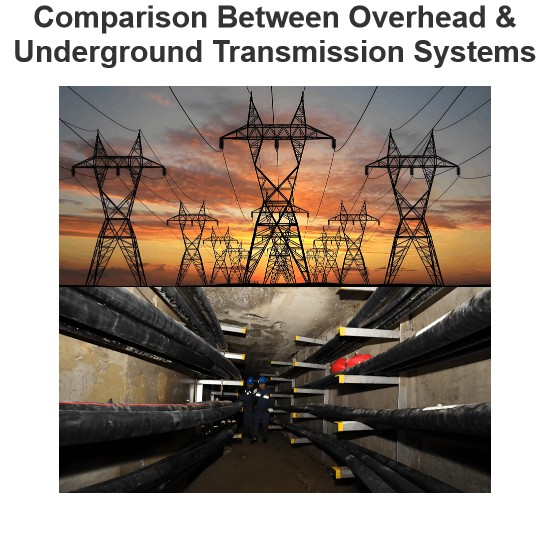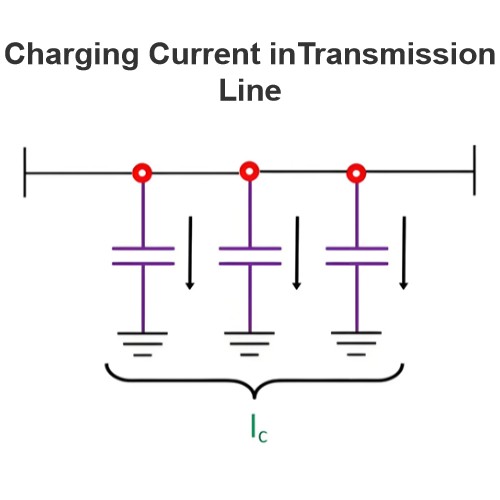What is Testing of Electrical Power Cable ?
What is Testing of Electrical Power Cable ?
Type Tests Definition
Type tests ensure the quality and standards of electrical power cables by assessing various physical and electrical properties.
Acceptance Tests
Acceptance tests verify that a batch of cables meets the required specifications through mechanical and electrical tests.
Routine Tests
Routine tests are regular checks to maintain consistent quality and performance of electrical cables.
High Voltage Test (Water Immersion Test)
A 3-meter-long core sample is taken from the finished cable or cord. The sample is immersed in a water bath at room temperature, with the ends protruding at least 200 mm above the water. After 24 hours, an alternating voltage is applied between the conductor and the water. The voltage is increased within 10 seconds and held constant for 5 minutes. If the sample fails, another sample is tested.
Test on completed cables (Acceptance and routine test)
These tests are conducted between conductors or between conductor and screen/armor. They are performed at the required voltage, at room temperature, and for a duration of 5 minutes, ensuring no insulation failure.
Flammability Test
Period of burning after removal of the flame shall not exceed 60 sec and the unaffected portion from the lower edge of the top clamp shall be at least 50 mm.
Cable Testing Importance
Cable testing is crucial for ensuring the safety, reliability, and longevity of electrical power systems.
The Electricity Encyclopedia is dedicated to accelerating the dissemination and application of electricity knowledge and adding impetus to the development and innovation of the electricity industry.













